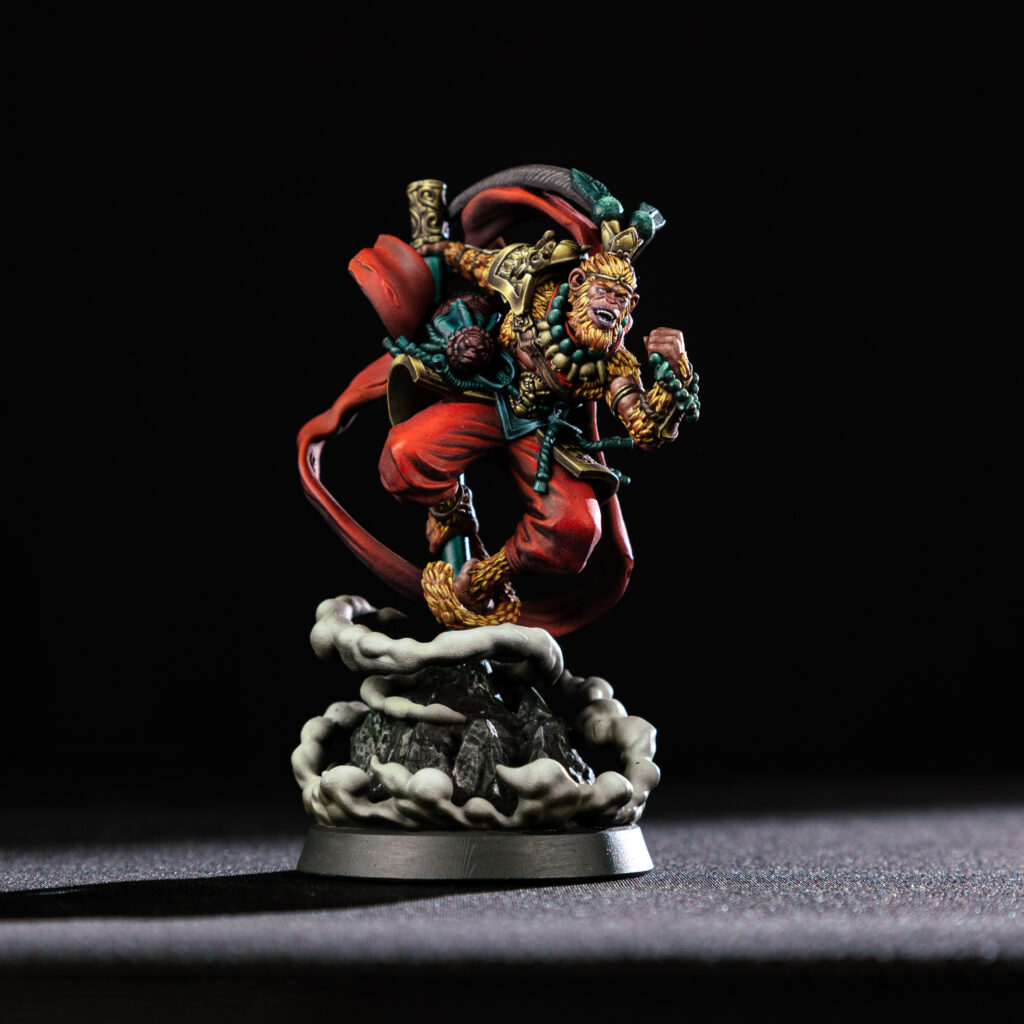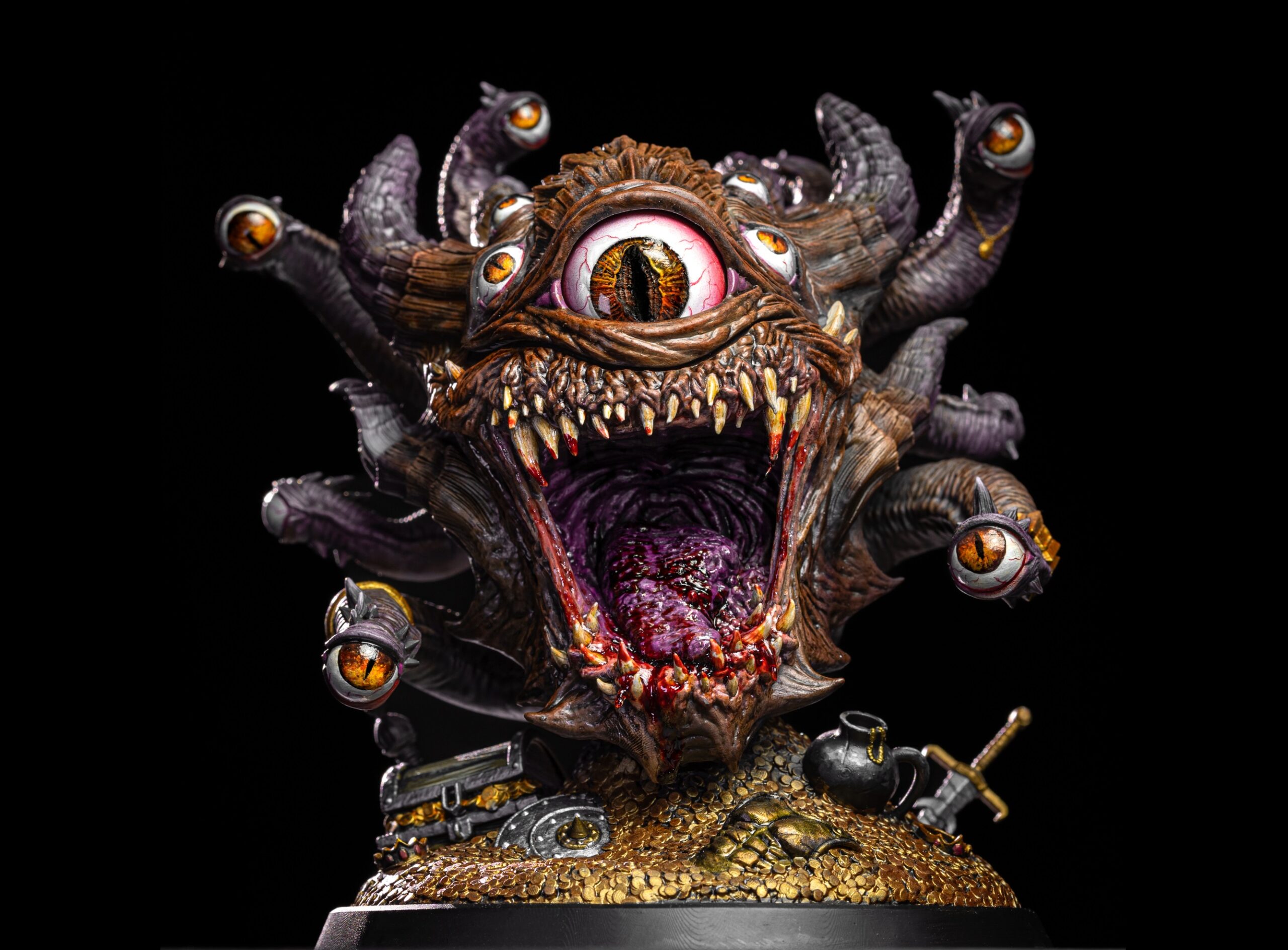Exploring Painting Techniques: Glaze
Layers of Light, Shadow, and Beauty

The glazing technique first became popular during the Renaissance period, when artists decided to experiment more with oil painting and glaze instead of mixing their paint directly on the palette, which let them achieve the soft and realistic tones of portraits and paintings of that period. By adding extremely thin layers on top of the painting, they were able to alter its color and subtly blend shadows and lights. The very nature of glazing encourages experimentation, as new thin layers can be added on top of each other and drastically change what the artist first envisioned.
Nowadays, glazing is a simple and fundamental blending technique that is usually recommended for all painting enthusiasts, for many kinds of paintings, and not exclusive to oils. This technique consists of controlling thin layers of paint to blend tones, changing the chroma, value, hue, and texture of a painting or surface. Acrylic and oil paints are still common today, albeit less seen on the canvas and more on miniatures, persisting in the hearts of hobbyists and professionals alike and enduring the rapid advances of our digital world. Here’s how this ancient technique can help with making miniatures look more professional.
How to Glaze
Glazing can be a slow process as it relies on waiting for the paint to dry before applying new layers. Here are the materials the artist will need:
- A wet palette
- A soft, thin brush
- Paint
- Some water
- Paper towel

There’s a balance that goes into the creation of glaze, in how much paint and water are mixed, as too much water could turn it into a thin wash, and too little would just be another coat. As a good rule of thumb, put a small portion of the paint on the wet palette and gradually add water until it reaches the desired thin layer aspect. For excess water, gently dry the brush using a paper towel. However, before diving into painting, it’s good to have some references at hand, and master the color theory for miniatures with Color Theory For Miniature Painters.
When You Should Glaze
Glazing is most recommended for slowly blending colors. It’s a technique that allows painters to have great control over color transitions and create beautiful, smooth gradients at the cost of time. This technique changes the initial look of a coat without changing its base color, as these thin layers blend with what’s underneath it. Because of that, glaze should be used after giving the miniature its first coats, however, it can be used all the way until the final touches, depending on the goal.
Glaze can also be used to bring lighter and darker tones over an already painted model, like glowing effects, colored shades, and even ambient light effects at the edges of a miniature. Check out channels like Zumikito Miniatures which have great tutorials on how to use the glaze technique, and all under five minutes, like how to create a glow effect, to further practice the uses of glaze:
Loot Studios can help you paint highly detailed minis, statues and props. Choose your favorite bundle from our previous releases or sign up for Fantasy or Sci-Fi to receive a new bundle every month. You can also check out some tips at our YouTube Channel.




